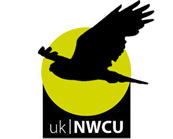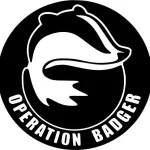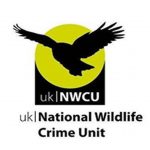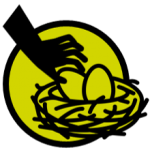After a successful call for hen harrier sightings last year, Scottish Natural Heritage (SNH) and the Heads Up for Harriers project are once more asking people to report sightings of this special bird.
Hen harriers remain one of Scotland’s rarest and most spectacular birds of prey.
The Heads Up for Harriers Project wants to hear from anyone who is lucky enough to see these birds. The project is led by the Partnership for Action Against Wildlife Crime Scotland (PAW Scotland) and encourages people to report sightings, as well as trialling nest and roost cameras, and encouraging land managers to retain hen harrier-friendly habitat.
Cabinet Secretary for the Environment, Climate Change and Land Reform Roseanna Cunningham said:
“Hen harriers remain one of Scotland’s rarest and most spectacular birds of prey. As we are rapidly approaching the breeding season, it’s important to locate and record where these stunning birds are prospering in Scotland. I encourage anyone who is out in the countryside to take note of any hen harrier sighting and send it to Scottish Natural Heritage (SNH) so they can be followed up by the team.”
Professor Des Thompson, Chair of the ‘Heads Up for Harriers’ Group, explained: ‘Last winter was the first time we asked for winter sightings of hen harriers from the public, and we’ve had an excellent response, with several potential new roosts identified.
“Numbers are low across much of mainland Scotland, so the more people looking out for these threatened birds, the better. This will help us build a complete picture of how hen harriers are doing across the country.”
The project will publish maps of sightings on the Heads Up for Harriers web page, although these won’t be in enough detail to compromise their specific location. Cameras are being trialled at a winter roost to monitor the birds at a distance, and in the nesting season.
Tim Baynes, Moorland Group Director for Scottish Land & Estates added: “As well as raising awareness of these birds and our members enabling cameras to monitor nests, we’re urging all land managers to follow the Muirburn Code when undertaking muirburn this spring.
“The burning of old, rank heather is an essential part of upland management to encourage new growth; however, it is important to keep a mosaic of old and young heather to benefit the widest range of wildlife, including nesting harriers, merlin, short-eared owl and other bird species. This will have most impact in areas which formerly and traditionally supported these birds – we want to see them return.
“Late season muirburn can take place up to 15th April (or 30th April if authorised in writing by the land owner), which may impact on hen harrier nesting attempts. If you see birds attempting to nest, you should avoid the area to prevent interfering with breeding activity and potentially committing an offence.
“We look forward to working with all of our partner estates again in 2017, and hopefully welcoming more to the project.”
The public is asked to e-mail hen harrier sightings to HenHarrier@snh.gov.uk or to call 07767 671973. It’s best to include any details of places where birds are seen (a six-figure grid reference if possible), the time and date of the sighting, the sex of the bird and any notes on behaviour. For more information, see http://www.gov.scot/Topics/Environment/Wildlife-Habitats/paw-scotland/what-you-can-do/hen-harriers
Conserving Scotland’s wildlife is part of The Scottish Biodiversity Strategy Route Map, published by Scottish Government in June 2015. This map sets out the big steps needed to implement the Scottish Biodiversity Strategy 2020 Challenge, including ecosystem restoration, investment in natural capital, quality greenspace for health and education, wildlife conservation and the sustainable management of land, freshwater and the marine environment.
MEDIA QUERIES – for more information, contact SNH media & PR officer, Vicki Mowat on vicki.mowat@snh.gov.uk or 0131 316 2659.






